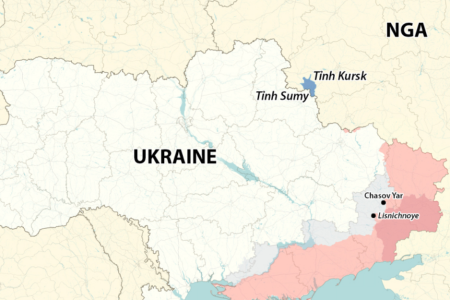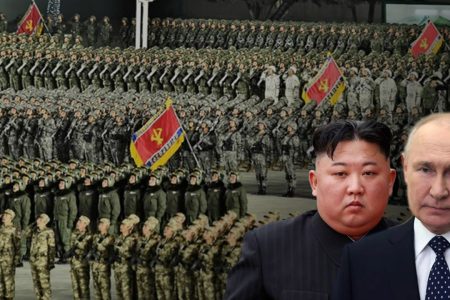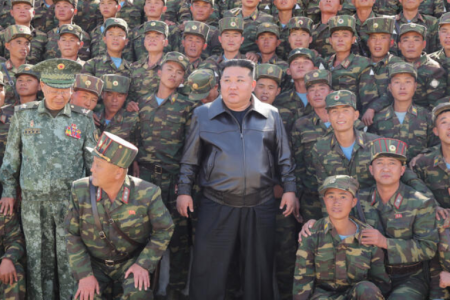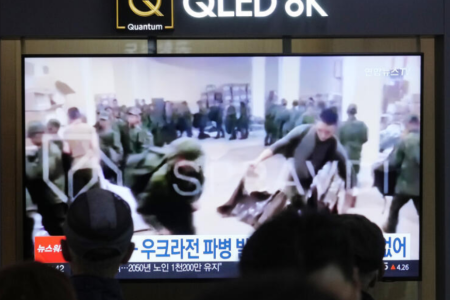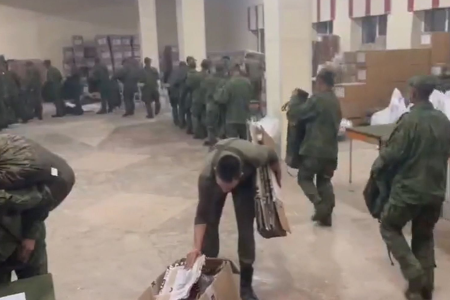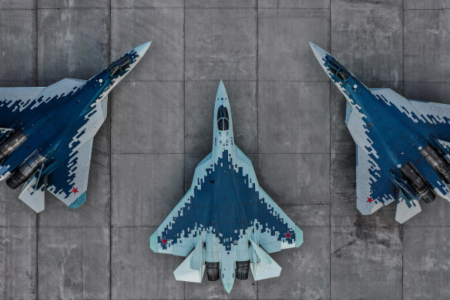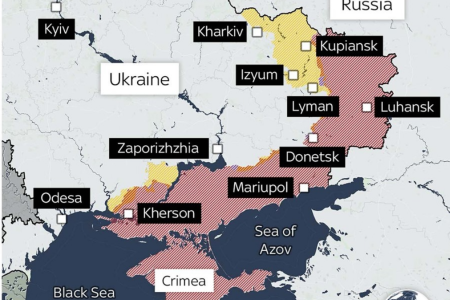
After the tension and noise between China and the Philippines, Manila once again announced that it wanted to turn Thitu Island (Vietnamese call it Thi Tu) into a logistics center – a logistics base in the Truong Sa (Spratlys) in the East Sea (South China Sea). Relations between Beijing and Manila have recently become more strained because in early March this year, about 300 Chinese ships were deployed at Whitsun Reef in the Philippines’ Exclusive Economic Zone (EEZ). During this period of tension, the Philippines also deployed warships and coast guard ships to increase patrols in disputed areas in the sea.
Tensions in the Whitsun Reef area have not yet subsided, but on May 29, 2021, the Philippine Department of Foreign Affairs again sent a note protesting China’s continued “presence and illegal activities” in the vicinity of Thitu Island, where the Philippines also claims sovereignty.
The Philippine Department of Foreign Affairs demanded that China withdraw all fishing vessels and coast guard vessels from the area, which Manila insists is “an integral part of the Philippines’ territory, where it has sovereign rights and jurisdiction.” Reuters reported that this is the 84th time since President Rodrigo Duterte came to power, the Philippines has sent a note protesting China’s activities in the South China Sea.
Regarding China’s response, on May 27, China’sDefense Ministry emphasized in a monthly briefing that China opposes any deployment activities of the Philippines on Thitu Island, “resolutely determined to protect national territory, sovereignty, and maritime rights, and resolutely maintain peace and stability in the South China Sea.” (2)
According to information from the Philippines, Thitu Island is about 56,000 square meters, also known as Pag-asa in the Philippines, 480 km from Puerto Princessa City, Palawan province, is the second-largest island in Spratlys. Currently, the Philippines is occupying this island. The Philippine side also said that in addition to the Philippine army and police, there is a fishing community of about 200 people present on Thi Tu island (3). The Philippine government has built a stretch of beach to allow naval and cargo ships to dock, unload construction materials and heavy equipment for new projects, including repair and extension of the airport runway. eroded by seawater, an ice factory for fishermen, and a number of military barracks.
The goal of controlling Thitu of the Philippines and China
General Cirilito Sobejana – Head of the Filipino Armed Forces said that “If we turn it into a logistics hub, our ships will [go] farther and our sovereign patrol in the South China Sea will continue.” “We are patrolling where our fishermen go as well as where the Chinese ships are to make sure that our compatriots will not be threatened.” (4)
For years, the Philippines has sought to expand Thitu’s waters, as well as protect Filipino fishermen’s access to the area. However, Beijing is also seeking access to fishing grounds in the waters around Thitu.
Since 2019, Chinese fishing boats have surrounded Thi Tu, and in that tension, the Philippines has also expressed its intention to turn Thi Tu into a tourist center, however, that has only stopped. declaration. By using fishing boats to encircle Thitu for a long time, China wants to send a clear message to the Philippines and other claimant countries that China can easily disrupt and cut off the lines of communication as well as their access to the disputed features in the Spratlys.
In addition, China also wanted to show that it’s monitoring ongoing Philippine maintenance and upgrading activities on Thitu Island, as the Duterte administration seeks to upgrade degraded military and civilian facilities.
Importantly, as part of China’s plan to prevent the Philippines from occupying and constructing structures on Sandy Cay, a low-tide elevation within Thitu’s territorial waters. China is also eyeing Sandy Cay.
The current reality shows that the Philippine navy can be considered the weakest among Southeast Asian countries present in the Spratlys. Some researchers believe that the Philippine military force focuses only on ground forces, while the Philippines is an archipelagic state. In fact, the Philippine military only cares about serving internal political goals more than protecting the country. Therefore, before China’s increase in fishing vessels around the Thitu area, the Philippines is worried that China will repeat the Scarborough incident in 2012.
Therefore, the Philippine military wants to build Thitu into a logistics and military center so that it can attract the US military to increase its presence here, creating a posture to contain threats from China.
The recent Whitsun Reef incident is closely related to the internal Philippine politics, with different factions. In particular, the incident can be seen as a victory of the political group opposing Duterte. Although Duterte has always maintained pro-China relations and wants to abrogate the military treaties signed with the US, through the Whitsun Reef incident, the Philippine military affirmed the importance of military treaties with the US. America.
Will the Philippines build Thitu?
Given the importance of Thitu, China has always wanted to be able to seize this island.
This is not the first time the Philippines has announced the construction and upgrading of Thi Tu. In 2019, under the threat from the Chinese fishing fleet besieging Thi Tu, the Philippines also announced that it would build Thi Tu into a tourist center. However, with Duterte’s pro-China policy and this is the last year of his only presidency, the possibility of building Thitu will be difficult to materialize because the Philippines is in need of help, especially vaccines from China. And China has always been very good at using “vaccine diplomacy” so it is not easy for China not to oppose and prevent the Philippines from upgrading and building Thitu.
Therefore, according to experts, in the Philippines from now until 2022, the ability to upgrade and build Thi Tu is unlikely to become a reality.
If after the May 2022 election, one of the candidates in the opposition group takes the presidency, then the pro-American trend will replace the pro-China trend, and the ability to upgrade and build a new Thitu will be more likely.
Does Vietnam object?
Thi Tu is the second-largest floating island in Spratlys. The largest island is Itu Au, controlled by Taiwan, so its importance is quite great in many ways.
In theory, Vietnam claims sovereignty over the entire Spratlys, so the Philippines’ upgrading and reclamation of Thi Tu will affect Vietnam’s claim. However, it is difficult to change the reality when the Philippines is still in control of Thitu. The view, though unofficial, is expressed by the Vietnamese government that “keep the status quo.” Not to mention that Vietnam urgently needs to cooperate with the Philippines to agree on overlapping fishing areas between the two countries, in the spirit of the 2016 Arbitration Award.
On the other hand, if Thitu is upgraded and renovated, and the regular presence of US troops here, it will also be a force to counterbalance China’s forces and ambitions here.
Therefore, if the Philippines undertakes to renovate and upgrade Thi Tu into a logistics and logistics center, with the regular presence of the US military, it will more or less benefit Vietnam. Diplomatically, perhaps Vietnam will voice its objection, but in reality, it may not do much more than protest diplomatically.
Thoibao.de (Translated)



